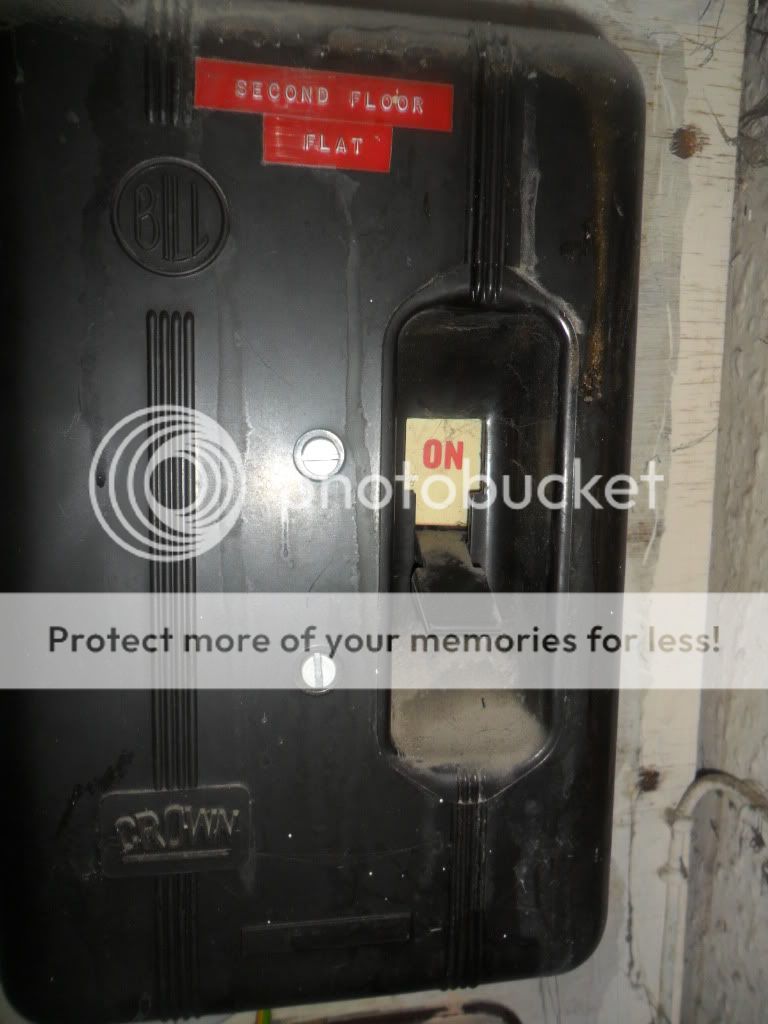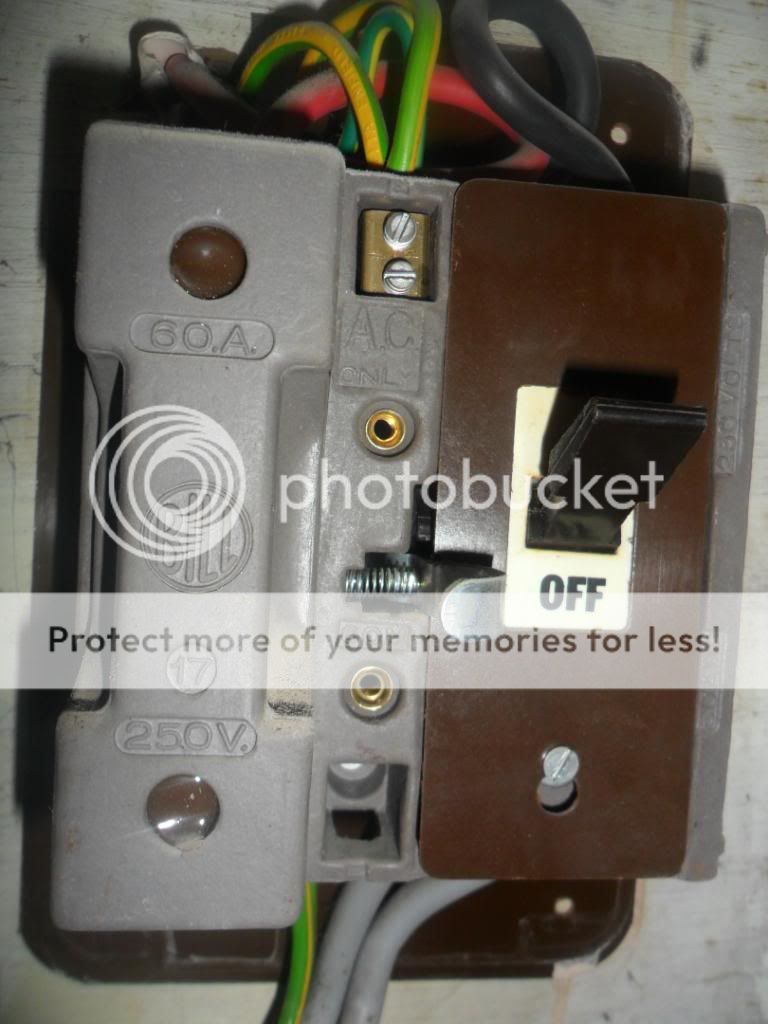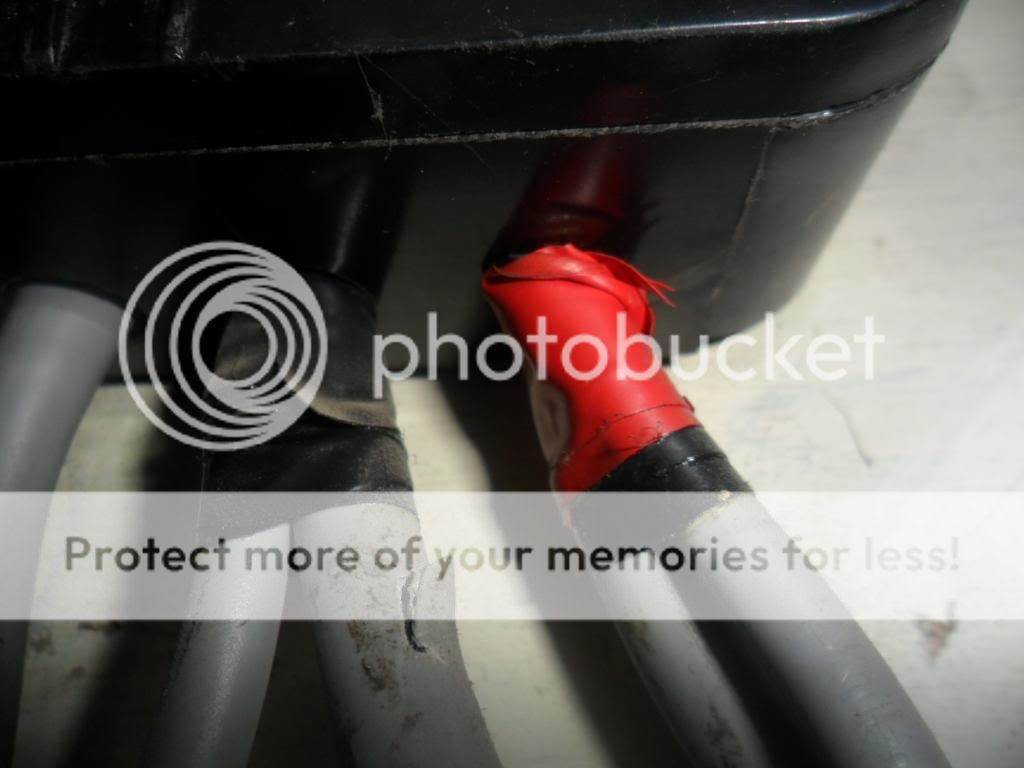1
1shortcircuit
Never seen one of these before but I'm sure plenty of you guys have. Please could someone be kind enough to tell me more about it:thumbsup
Would this be part of the distributors equipment or the consumers?






Many Thanks in advance
Would this be part of the distributors equipment or the consumers?






Many Thanks in advance









